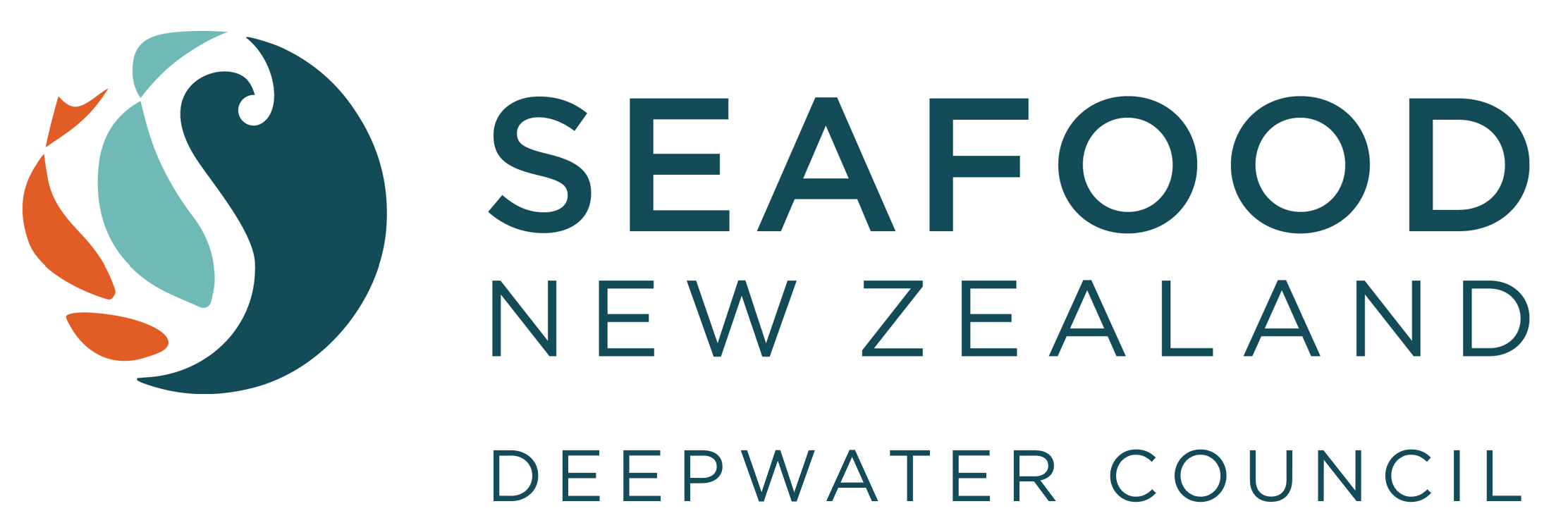Worldwide study on impacts of bottom trawling on health of seabeds
12 January 2022
The first study of its kind, by Bangor University (Wales) with collaborating research institutes, published last week in Proceedings of the National Academy of Science (PNAS) builds on recent international collaboration. It brings together data from 24 large marine regions around the world to establish a relationship between distribution and intensity of trawling activities and the biological state of seabeds.
Researchers, led by CSIRO, Australia's national science agency, assessed the status of seabed iota, or marine organisms, on a scale from 1 (unimpacted) to 0 (fully impacted). Fifteen regions studied were in a good condition with a status greater than 0.9, while three had a degraded status of less than 0.7. In all regions combined, 1.5% of all seabed areas studied were in a very poor condition with a status of 0.
Lead author marine scientist Dr Roland Pitcher of CSIRO, said that the study shows that good management of fisheries contributes to better outcomes for the broader ecosystem.
“The results show that effectively managed and sustainable trawl fisheries are associated with regions having high seabed status of 0.95 or more,” said Pitcher. “Regions that had low seabed status scores were places where fish stocks typically are over-exploited and have ineffective management regimes.
“Detailed data were not available for all jurisdictions where bottom trawling occurs, but importantly, this study provides the world’s first statistics to estimate the impact of global trawling and provides an evidence base to inform effective improvements to trawling practices worldwide.”
“Between 1996 and 2017, total habitat disturbance from all gears combined declined from 35% to 20%,” said Collie. “Bottom trawls accounted for about 90% of total habitat disturbance, hence the decrease in disturbance largely reflects the reduction in bottom-trawl fishing effort during this time.
“These trends indicate that maintaining fishing effort at sustainable levels has the added benefit of reducing impact to the seabed animal life that sustains fisheries production.”
University of Washington, Seattle, fisheries scientist Ray Hilborn said the research demonstrated the power of global collaboration for fisheries research.
“By bringing these data together from across 24 large marine regions of the world we are able to establish foundational statistical relationships between trawling activities, their impacts and ecosystem status, including implications of trawl-gear choices and spatial distributions of trawl intensity,” said Hilborn.
“This research is a critical step in moving towards an overall estimate of the global impact of trawling, and understanding the steps required to improve fisheries management, reduce exploitation, improve stock sustainability and the status of the seabed environment.”
Click here to download the PDF version of the Trawl impacts on the relative status of biotic communities of seabed sedimentary habitats in 24 regions worldwide paper.
